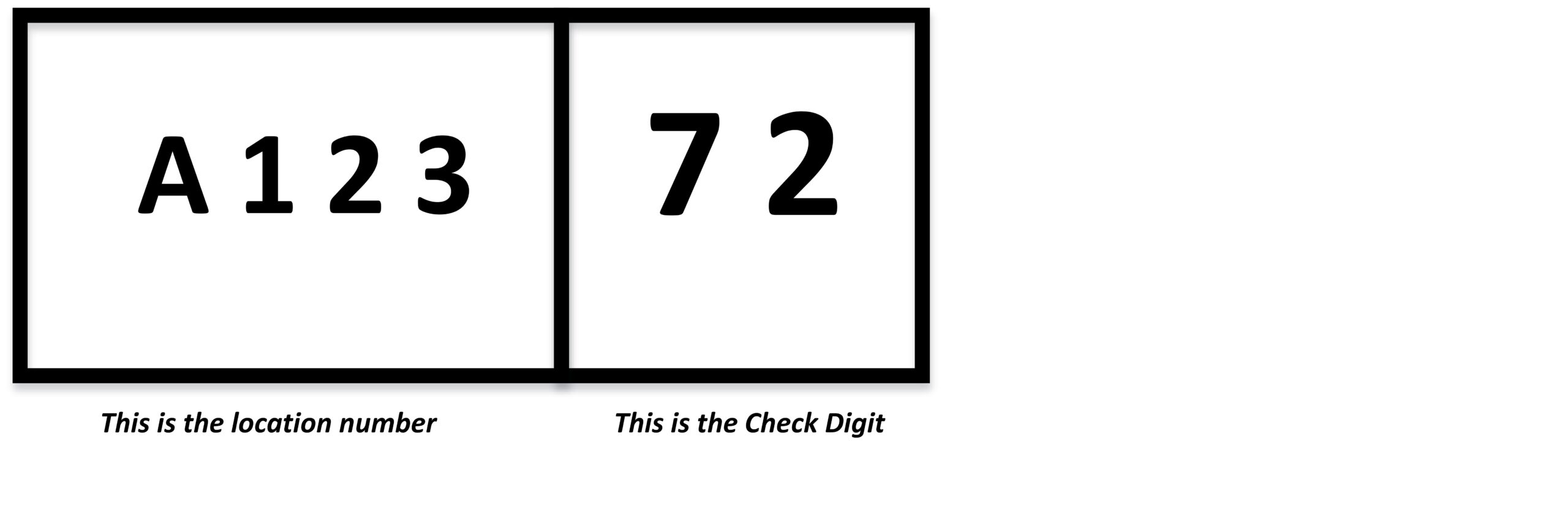Check Digit is a form of data validation used in computing to ensure the accuracy of data with partial strings of numbers. It is done by assigning a special character or digit to a particular position in the string of numbers. The check digit serves as a verification that the number sequence is intact and has not been altered.
A common example of a check digit would be credit card numbers, which usually include a two or three character identification code at the end of the string. This code is used to validate the entire card number, and it is essential to authenticating credit card transactions. Without the correct check digit, the card number would be invalid and the transaction could not be carried out.
Other uses for the check digit include ISBN numbers, UPC codes, electronic product codes, bank routing numbers, and government-issued ID numbers. It is also a reliable way of ensuring data consistency and eliminating human-error.
In many cases, the check digit is assigned by a formula or algorithm, such as the modulus 10 algorithm. The algorithm uses a string of data, which is then divided into its individual parts. It then uses predetermined weights, or ‘multiply factors’, to calculate the total of the string. The end result is then divided and the remainder is used as the check digit.
As a form of validation, the check digit helps to guarantee that data is both accurate and secure. It is widely used, and a must-have when it comes to verifying authenticity of data.






